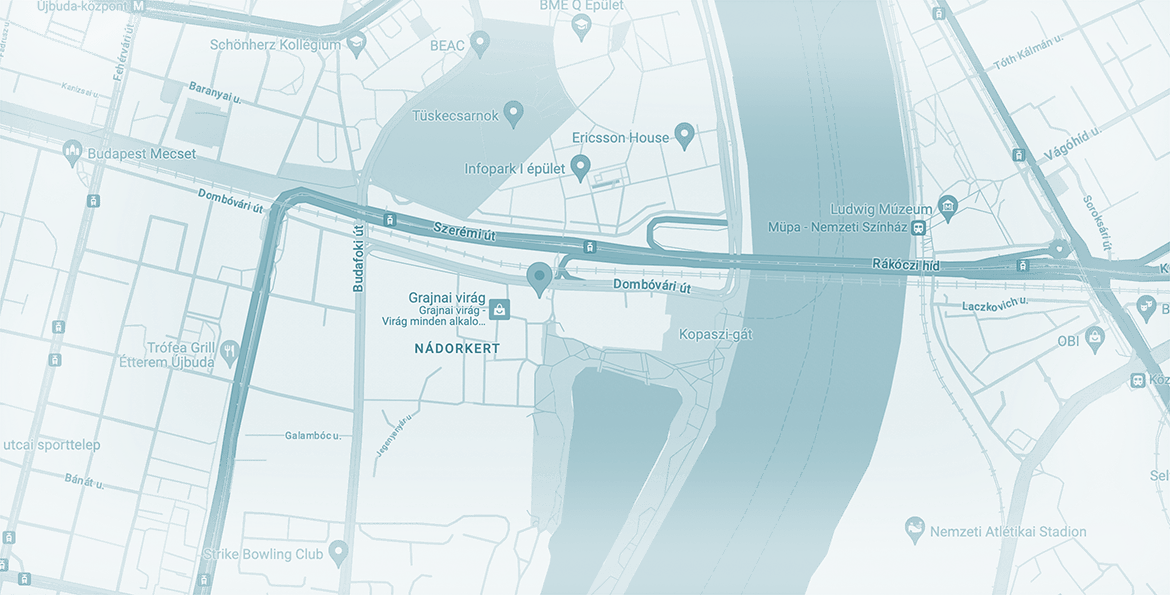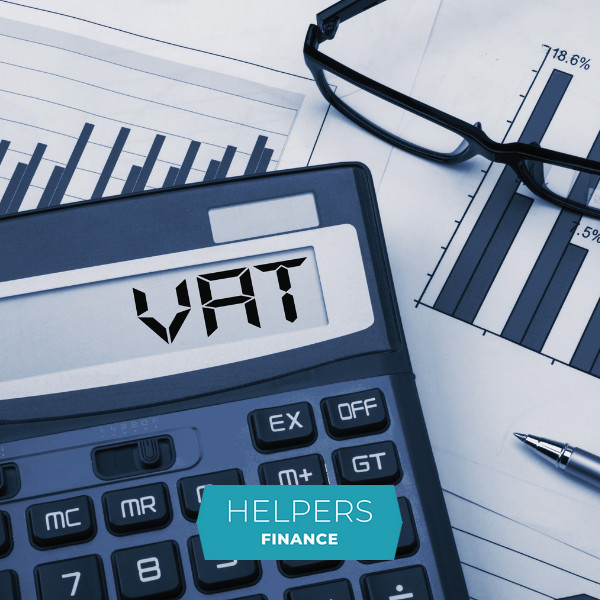
Types of company liquidation in Hungary
Sooner or later, the life cycle of every company comes to an end. It may happen for several reasons: the owner might just want to move on to other, more profitable ventures, or even to retirement, or a market change might be causing the business to become less profitable or downright generate losses. In either case, at one point the time will come to cut losses, tie up loose ends, and liquidate the company.
Sooner or later, the life cycle of every company comes to an end. It may happen for several reasons: the owner might just want to move on to other, more profitable ventures, or even to retirement, or a market change might be causing the business to become less profitable or downright generate losses. In either case, at one point the time will come to cut losses, tie up loose ends, and liquidate the company.
Procedures leading to company liquidation
When a company reaches the end of its life cycle, the most important procedures in Hungary are as follows:
- Bankruptcy procedure (“csődeljárás”): the company cannot pay its debts and files for bankruptcy. The company will be given a reprieve, during which it can try to settle its debts and get back on its feet.
- Mandatory liquidation (“felszámolás”): the company has outstanding debts without the hope of settlement, or other issues make it impossible for it to continue operation. This type of company liquidation may follow a bankruptcy procedure or be started for a separate reason.
- Voluntary liquidation (“végelszámolás”): the company has no outstanding debts and it can be closed without difficulties.
Filing for bankruptcy
When a company starts generating losses, it is important to protect the interests of all stakeholders and pay creditors as far as possible. When the company cannot pay its debts, it may file for bankruptcy to get 120 days of moratium, during which it can try to agree with creditors about settling its debts.
When the bankruptcy procedure starts, the company must immediately notify its partners about it (within 5 days). Partners have 30 days to file a claim, after which an administrator will review all claims and assets, and oversee settlement negotiations between the debtor and the creditors. The bankruptcy procedure may be extended, but it cannot be longer than 365 days. During this time, the company is marked with “cs.a.” in the Company Registry (short for “under bankruptcy procedure”).
If an agreement is reached between the debtor and the creditors, and if there is a chance that the company may become profitable again, the bankruptcy procedure is closed, and the company may continue its operation.
Mandatory liquidation
In most cases though, no agreement is reached between the debtor and the creditors, as it is revealed that debts cannot be settled and the company cannot become profitable again. In that case, the bankruptcy procedure is still closed, but it will be followed up by mandatory liquidation. (Mandatory liquidation may be initiated for various other reasons too, e.g. if the company fails to pay taxes or penalties, and its tax number is redacted).
In this case, a liquidator will be appointed who will review debts and assets. Liquidation will be advertised in the Official Gazette of the Company Registry, and partners have 40 days to file a claim. During the mandatory liquidation, the company is marked with “f.a.” in the Company Registry (short for “under mandatory liquidation”).
The manger of the company has 30 days to create a final report, an inventory, and a tax declaration. The liquidator will sell all available assets, then pay first their own work, then the debtors in an order of priority. The procedure may take up to 2 years. If too many unsettled debts remain, the executives of the company might be banned for a few years from setting up or managing another company.
Voluntary liquidation
If the company has no outstanding debts, the managers can initiate voluntary liquidation. This is normally done through a lawyer, who reports the voluntary liquidation to the company registry. The liquidator can be the manager of the company or an external provider, who will oversee the procedure. During the voluntary liquidation, the company is marked with “v.a.” in the Company Registry (short for “under voluntary liquidation”). The procedure may take up to 3 years (but it usually takes around 12-18 months).
If all the books and finances of the company are in excellent order, the managers can also initiate simplified liquidation through the accountant of the company. This way the company may be liquidated in just a few months, saving time and costs for everyone involved.
The end of the life cycle of a Hungarian company
Liquidation is how a business ends its life cycle. When liquidating a company, the most important aspect is not to leave any debts behind, or at least to compensate creditors as far as possible. While the bankruptcy procedure gives companies a chance to agree with its debtors, if reconciliation is not possible, this is often the first step towards company liquidation. Mandatory liquidation is ordered by the Registry Court if the company cannot continue compliant operation. Voluntary liquidation is started by the members of the company, and if all finances are in order, simplified liquidation is also possible, which takes only a few months.
Simplified liquidation at Helpers Finance
If a company has no debts, all taxes paid, and all of its finances in order, its accountant can start the simplified liquidation procedure anytime. It is best if the procedure is handled by the original accountant, but the Helpers Finance Team can also take over. We are specialized in providing accountancy and bookkeeping to small and middle-sized companies in Hungary throughout their entire life cycle.
Got you interested? Contact us today, and let’s see how we can help you achieve your goals in Hungary.
Contact
Get in touch today
Monday - Friday
9am - 5pm CET
Helpers Finance Kft.
Budapart Gate
Dombóvári út 27
Budapest 1117, Hungary
If you’re visiting us, please use entrance A and come to the 2nd floor.



